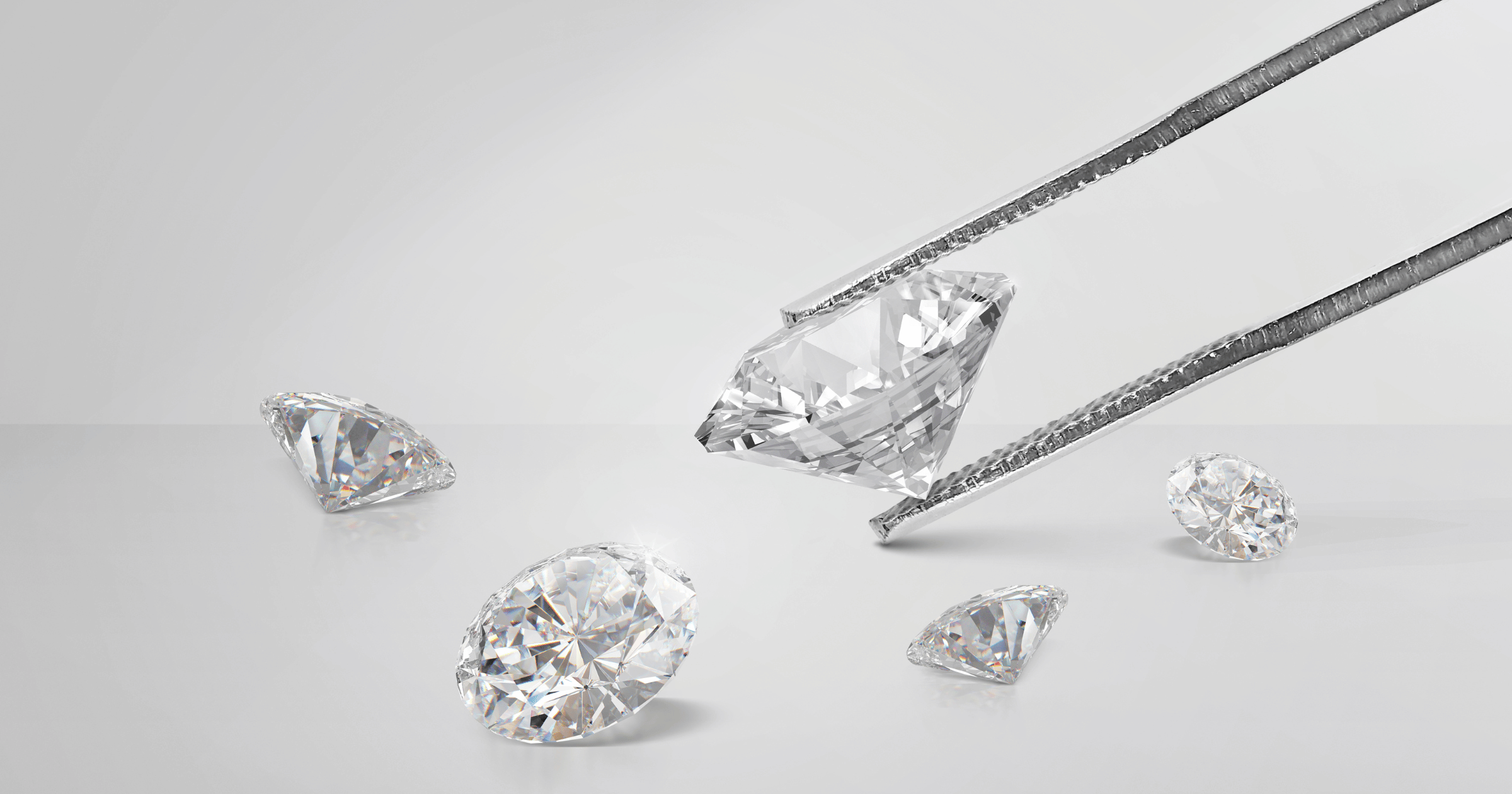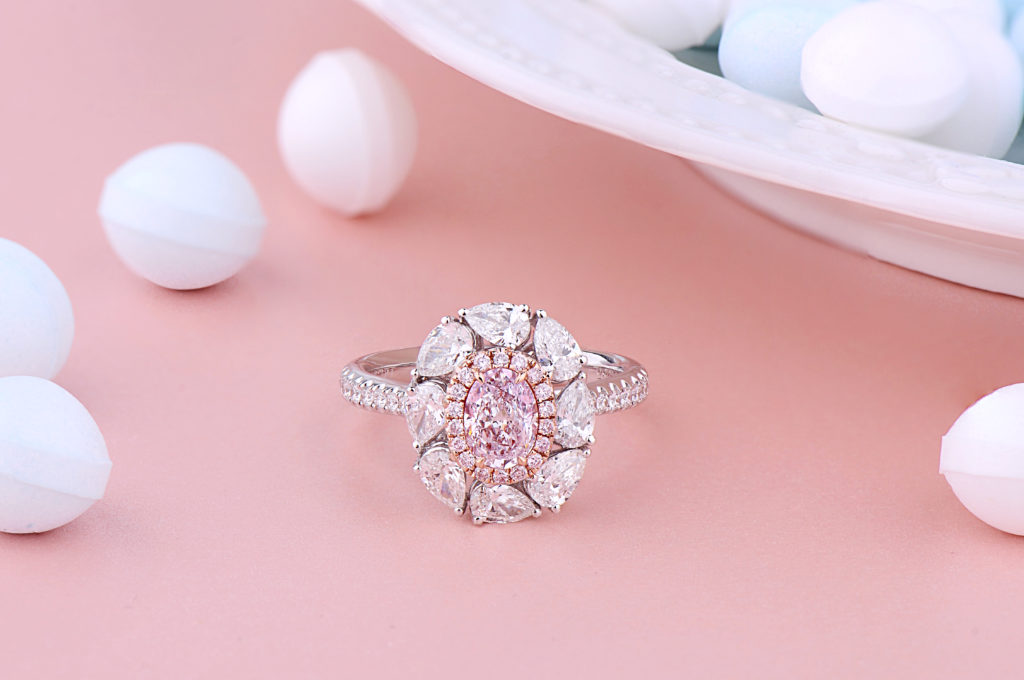When it comes to choosing the perfect engagement ring or jewelry piece featuring a lab-created diamond, two metals stand out: platinum and gold. Both metals offer unique qualities, and each provides an excellent option depending on your preferences, lifestyle, and budget. In this article, we’ll dive deep into the differences between platinum and gold lab diamond rings, helping you make an informed decision when choosing your perfect ring.
What are Lab Diamond Rings?
Before we compare platinum and gold, let’s first define what lab diamond rings are. Lab diamonds, also known as synthetic or man-made diamonds, are created in a laboratory setting using advanced technology that replicates the natural conditions under which diamonds form deep within the Earth. These diamonds are chemically and physically identical to natural diamonds, offering a more affordable, ethical, and sustainable option for consumers.
Lab diamond rings can be set in a variety of metals, with platinum and gold being two of the most popular choices. Let’s explore both options in detail.
Platinum vs. Gold: The Key Differences
1. Durability and Longevity
Platinum is often considered the most durable precious metal, with its naturally dense and heavy structure. It is resistant to scratching and tarnishing, making it an ideal choice for everyday wear. Platinum’s durability ensures that the metal holds its shape over time and doesn’t lose its shine, even after years of wear. This is especially important for an engagement ring that you’ll wear daily.
Gold, on the other hand, is softer than platinum vs gold lab diamond rings, which means it can be more prone to scratching and denting over time. However, gold is still a durable metal, and when alloyed with other metals such as copper, silver, or palladium, it becomes stronger. It’s important to note that gold comes in several different variations: yellow gold, white gold, and rose gold.
- Yellow Gold: Classic and traditional, offering a warm, rich appearance.
- White Gold: A modern and elegant choice, often plated with rhodium for a shiny finish.
- Rose Gold: A trendy and romantic option, with a unique pinkish hue.
2. Weight and Comfort
Platinum is significantly heavier than gold, which might feel more substantial on your finger. While some people appreciate the solid feel of platinum, others may find it a bit too heavy for their taste. If comfort is a priority for you, it’s worth trying on platinum rings to see if the weight is to your liking.
Gold, being lighter than platinum, is generally considered more comfortable to wear for long periods. If you prefer a ring that feels light and airy, gold might be the more suitable option.
3. Appearance and Shine
Platinum has a naturally white sheen and doesn’t require any additional plating, making it an excellent choice for those who love the appearance of bright, white metals. Its subtle yet luxurious shine highlights the brilliance of a lab-created diamond beautifully.
Gold has a warm and radiant appearance, especially yellow gold, which can create a classic contrast with the diamond’s sparkle. White gold, although it looks similar to platinum, requires rhodium plating to maintain its shine. Over time, the plating may wear off, and you may need to have it re-plated to maintain its appearance.
4. Maintenance and Care
As mentioned earlier, platinum is incredibly durable and resistant to wear, but it can develop a natural patina over time, which gives it a more antique and vintage look. Some people appreciate this patina, while others prefer to keep their ring shiny and bright. If you want to maintain its original gleam, you can have your platinum ring polished by a jeweler.
Gold also requires maintenance, but in a different way. Gold rings, particularly white gold, may require periodic rhodium re-plating to maintain their white appearance. Yellow and rose gold may require polishing to keep their luster intact. Gold is also more prone to scratching than platinum, so it’s important to take extra care to avoid damaging your ring.
5. Price
Platinum is generally more expensive than gold, primarily due to its rarity, density, and the fact that it’s a more labor-intensive metal to mine and refine. As a result, platinum rings are typically priced higher than their gold counterparts.
Gold, particularly yellow gold, is a more affordable option compared to platinum. While the price can vary depending on the karat of gold (14K, 18K, etc.), it’s generally a more budget-friendly choice for those seeking a beautiful lab diamond ring.
6. Ethical and Environmental Impact
One of the main reasons many people choose lab diamonds over natural diamonds is the ethical and environmental concerns associated with traditional diamond mining. Lab diamonds are created in controlled environments, reducing the impact on the earth and ensuring that the diamonds are conflict-free.
When it comes to metal choices, platinum and gold both have ethical and eco-friendly options. Platinum is often considered a more sustainable choice because it is rarer and less commonly mined. However, recycled gold is also a great option for those seeking a more sustainable ring, as it reduces the demand for new gold mining.
Which Metal Should You Choose for Your Lab Diamond Ring?
Choosing between platinum and gold for your lab diamond ring ultimately comes down to your personal preferences, budget, and lifestyle. If you’re looking for a highly durable, man made diamonds, hypoallergenic, and luxurious option, platinum may be the best choice for you. However, if you prefer a lighter, more affordable option with various color choices, gold may be the ideal metal for your lab diamond ring.
Consider the following factors to help guide your decision:
- Durability: Choose platinum if you’re looking for a stronger and longer-lasting metal.
- Weight: Choose gold if you prefer a lighter, more comfortable ring.
- Appearance: Opt for platinum if you want a bright, white sheen that requires minimal maintenance. Go for gold if you want a warm or unique color with a rich appearance.
- Price: Choose gold if you’re working within a budget, as it tends to be more affordable than platinum.
Ultimately, both metals offer their own distinct benefits, and either can provide a stunning foundation for your lab diamond ring. Take your time, try on different options, and select the one that fits your style and preferences the best.
Conclusion
Both platinum and gold are excellent choices for a lab diamond ring, and each brings its own set of advantages. Whether you go for the enduring elegance of platinum or the timeless beauty of gold, rest assured that your lab diamond will shine brilliantly in either setting. By considering durability, comfort, appearance, and budget, you’ll be able to find the perfect metal to complement your beautiful lab-grown diamond, ensuring a ring that you’ll cherish forever.




